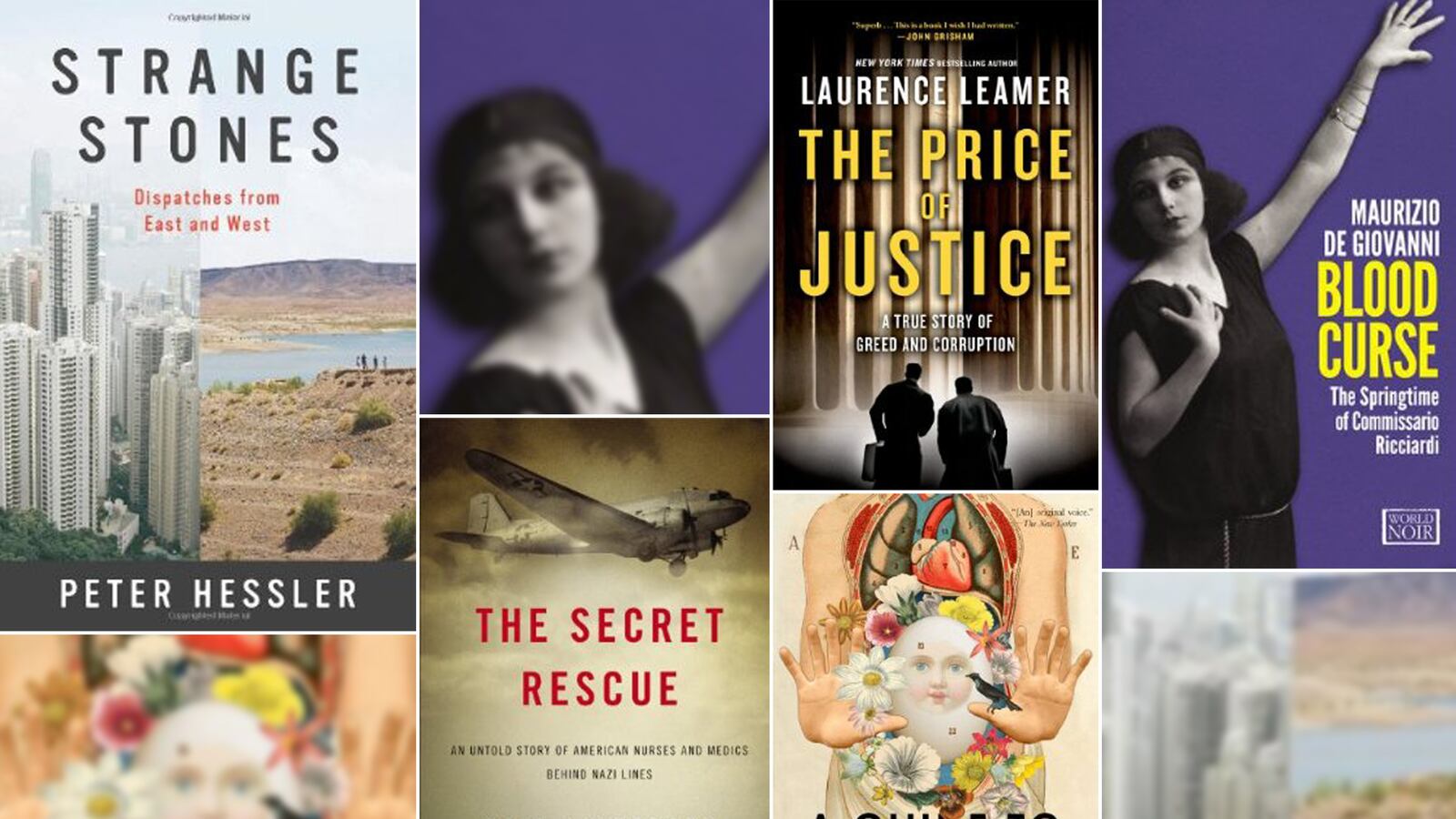The Price of JusticeBy Laurence Leamer
The epic legal struggle between two Pittsburgh lawyers and an energy tycoon in West Virginia.
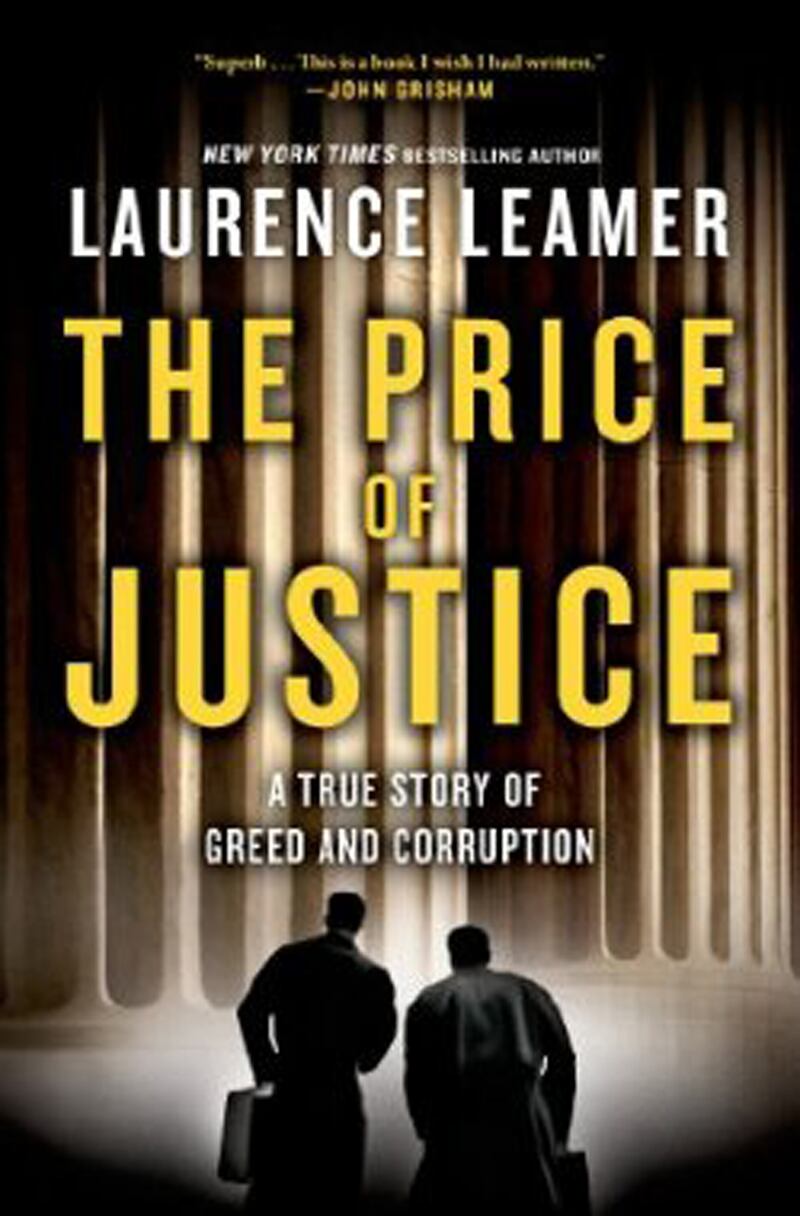
Kafkaesque considerations lie at the heart of The Price of Justice, such as whether a citizen’s constitutional right to due process and a fair trial was violated when the judge received large contributions from one side of the legal dispute. In his 14th book, veteran journalist Laurence Leamer recounts his ground-level view of the epic legal struggle between two Pittsburgh layers, Dave Fawcett and Bruce Stanley, and the head of the massively lucrative Massey Energy, Don Blankenship, over the latter’s tyrannical and unconstitutional control of West Virginian coal mining country. Blakenship is painted here by Leamer, with all the glee of the righteous, as grandly villainous, and any story involving him will by necessity be a story of good versus evil, or at least the law versus evil. If the whole thing reads like a Grisham novel, don’t be surprised; Grisham based The Appeal on many facts of the case. But it is a testament to Leamer’s ability to capturing both the characters and the local West-Virginian ethos (he himself had worked in the mines while penning a piece in the early 70’s) that the story functions just as well, if not more so, as nonfiction.
Blood CurseBy Maurizio de Giovanni
An Italian investigator bears the gift—and curse—of seeing the last moments of the deceased.
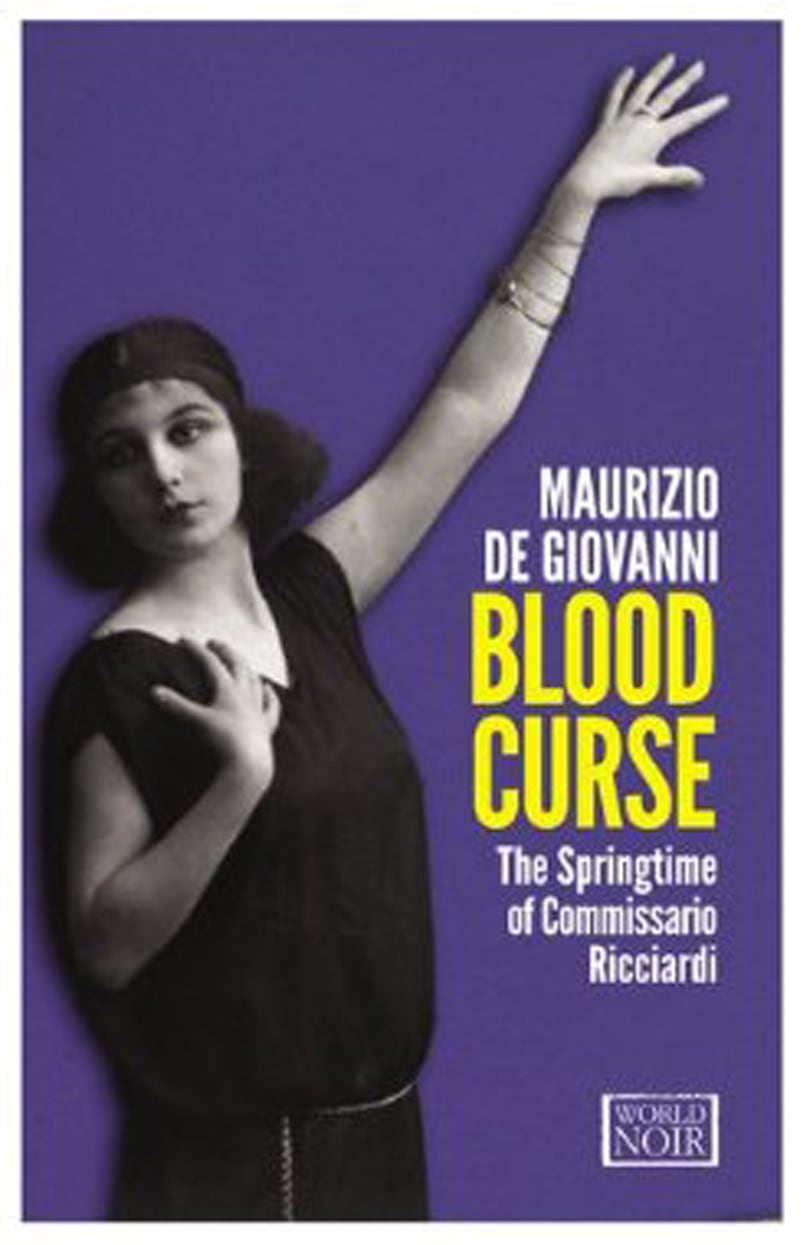
Luigi Alfredo Ricciardi, of the Royal Police Headquarters of Naples, has a terrible gift: the last moments of those who die violently are replayed for him in vivid detail, against his will. He has an undeniably useful tool for an investigator, to be sure, but not one that lends itself to a happy or well-adjusted life. In Blood Curse, the second installment in Maurizio de Giovanni’s Commissario Riccardi series after I Will Have Vengeance, Ricciardi and his partner are committed to solving the murder of an elderly moneylender and soothsayer who was beaten to death in her own apartment. De Giovanni, through a masterful translation from the Italian by Anthony Shugaar, writes equally well about external grisliness (“The customer could sense the corpse slowly turning its head to look at him: the faint snap of the vertebrae in its neck, the damp slithering of the wound’s twin lips”) as he does about Ricciardi’s internal disquiet (“He was obliged to walk against the wind, buffeted by the last shifting gusts of grief of all the dead people he had met along his path”). De Giovanni has created one of the most interesting and well-drawn detectives in fiction, and this book is a real treat that should not be missed by crime lovers.
A Guide to Being BornBy Ramona Ausubel
First story collection from a gifted young writer is wonderfully weird.
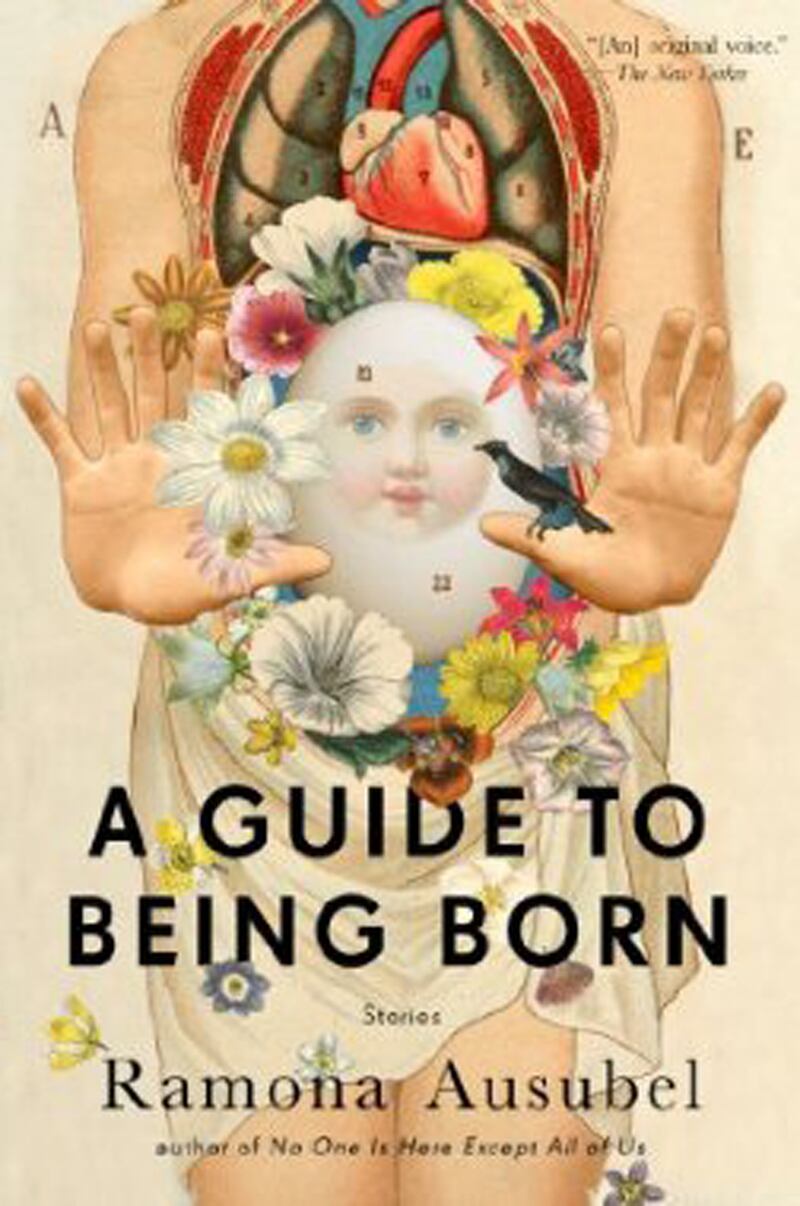
There’s a particular type of modern short story, established by Donald Barthelme and currently championed by George Saunders, that one might be tempted to fold under surrealism or absurdism even though the simpler term “weird” is probably a more apt descriptor. The world of these stories is recognizable to the reader as their own except for one or two tweaks or misplaced laws of the universe that stand out starkly against the familiar backdrop. Ramona Ausubel, in her story collection A Guide to Being Born, clearly understands that in order to make this kind of story work, the oddness must serve a metaphorical purpose beyond merely standing out, and the familiar elements must be convincingly rendered. In one story, a grandmother awakes to find herself on a cargo ship devoid of crew but full of other confused grandmothers. In another, a husband frustrated at his inability to share his pregnant wife’s burden develops drawers that can pull out of his chest, like a Dali painting. In a third, people grow a third arm when they fall in love. What’s perhaps most impressive here is how Ausubel is able to connect the stories, despite the distinct and discrete strangeness of each, into a satisfying and cohesive arc, describing a cycle of life from pre-birth and gestation to death and ghostliness.
The Secret RescueBy Cate Lineberry
The story of non-combat heroes and their escape from Nazi-occupied Albania.
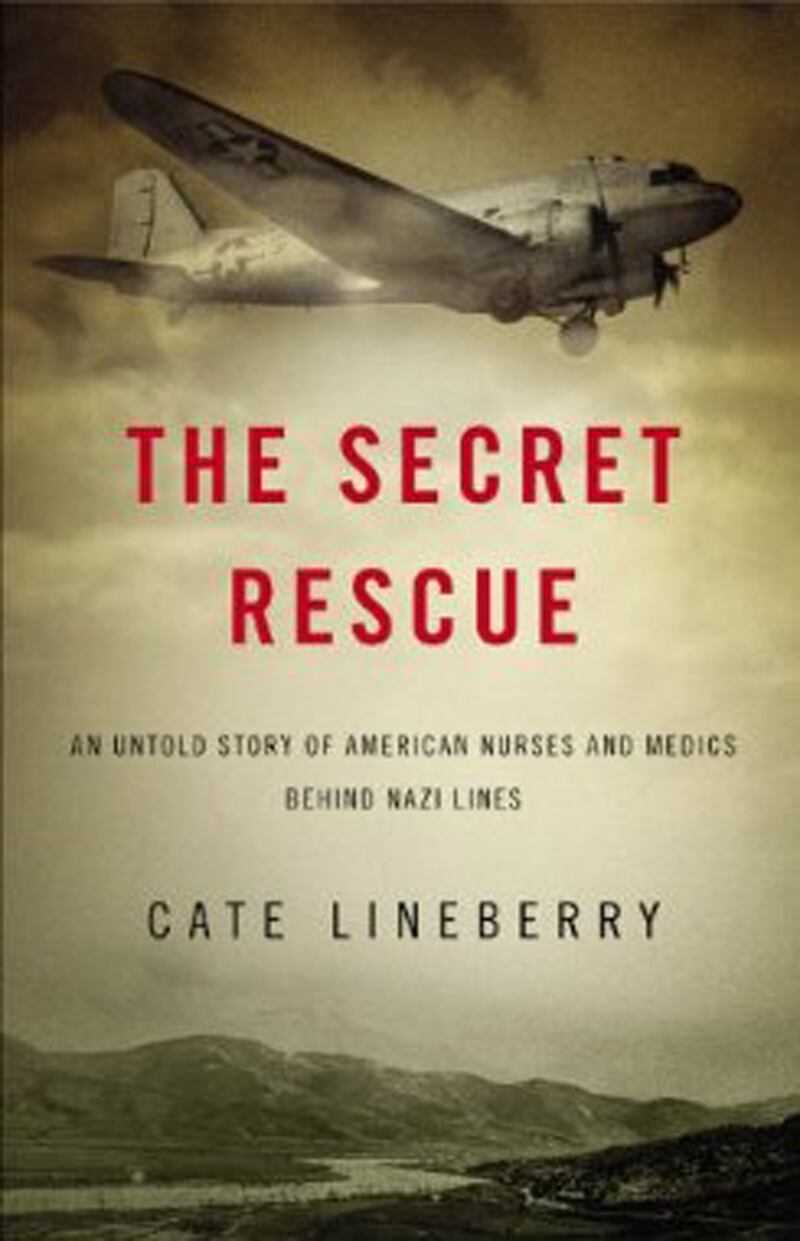
Cate Lineberry, contributor to National Geographic and The New York Times, must have been excited when she discovered that there was a true story of heroism and survival behind enemy lines during WWII that had, amazingly, yet to be told. The war produced, and continues to produce, so many stories that it’s hard for one to stand out, but The Secret Rescue is as good as any: it details the odyssey of a group of medics and female nurses whose transport plane was forced to crash-land in Nazi-occupied Albania while en route to evacuate the wounded from the Italian Front in 1943, and the efforts of the British and Americans to exfiltrate them. The book combines all of the elements that draw us to WWII stories: the daring of The Guns of Navarone, the suspense of The Great Escape, and the bravery reminiscent of Ill Met by Moonlight. It’s the inclusion of so many women, though, that makes this story unique. It’s always good to be reminded that by no means did men have a monopoly on grace-under-fire during the world’s greatest conflagration.
Strange Stonesby Peter Hessler
New Yorker writer reports on the differences and similarities between life in China and America.
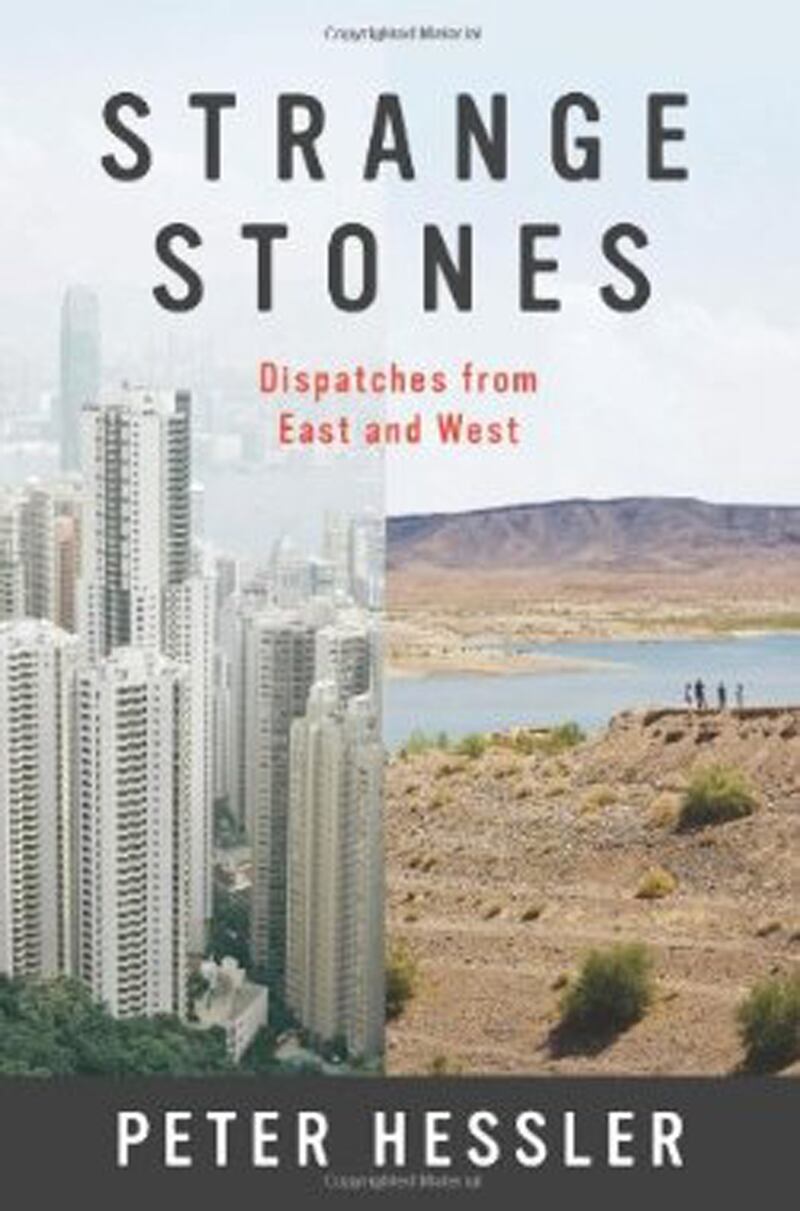
These days, most of the news we hear coming from China are big-picture reports on such things as the nation’s booming economy, increased militarization, or human rights violations, all pitched towards the conclusion that conflict with the West is inevitable. In this light, it can be easy to lose sight of the humanity of the Chinese people; their fears, motivations, and daily life. Strange Stones, by New Yorker staff writer Peter Hessler, is a collection of a decade of his reportage from China with a focus on human interest and local flavor. Flavor indeed: the book opens with an essay about Hessler’s culinary misadventures in a small town famous for their local delicacy: “Big rat or small rat?” the waitress asks. Later, the book takes a sharp left turn, and Hessler contrasts his time in China with the experience of buying a home in the American southwest, his first time living in his native country as an adult. But whether he’s covering the people displaced by the massive Three Gorges Dam on the Yangtze River, or profiling a small-town druggist in Colorado, Hessler is able to weave his seemingly disparate subjects into a humanistic tapestry that transcends borders.

